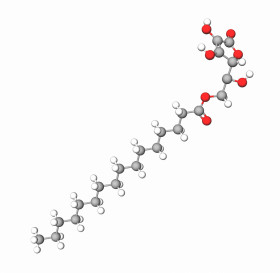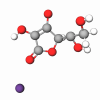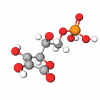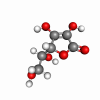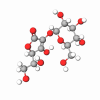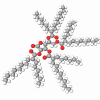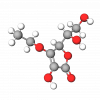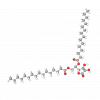Ascorbyl palmitate is the ester of L-ascorbic and palmitic acids. It's a fat- and water-soluble (amphipathic) antioxidant that has an increased shelf life thus used in many formulations. Amphipathic (dual solubility) property allows it to be included in skin cell membranes. Incorporating into the cell membranes, ascorbyl palmitate protects from oxidative damage and preserves alpha-tocopherol (Vitamin E - a fat-soluble antioxidant) from being oxidated by free radicals.
This scientifically enhanced form of Vitamin C - created by adding a fatty acid derived from palm oil - represents a breakthrough in the use of ascorbic acid in the anti-aging war. It absorbs quickly into the skin and achieves more than six times the level of concentration as regular Vitamin C.
Each of these distinctions makes Vitamin C Ester the most effective form of ascorbic acid for carrying out its unique anti-aging role: stimulating the production of fresh collagen and elastin to create firmer, younger-looking skin, reducing hyperpigmentation (especially freckles and age spots) to brighten and clarify the skin, lowering cellular and surface inflammation to promote healing, and battling free radicals to prevent further damage and erosion.
Unfortunately, it isn't a good source of Vitamin C (promoting collagen synthesis) in skincare formulations, as it is stable and doesn't break apart into palmitate and ascorbic acid, unlike when it took orally. This is because the stomach's acidic environment hydrolyses ascorbyl palmitate into palmitic and ascorbic acids, but there are no such conditions in the case of skin. Anyway, good manufacturers besides AP supplement Vitamin C or ascorbates to gain collagen synthesis promotion effect also.